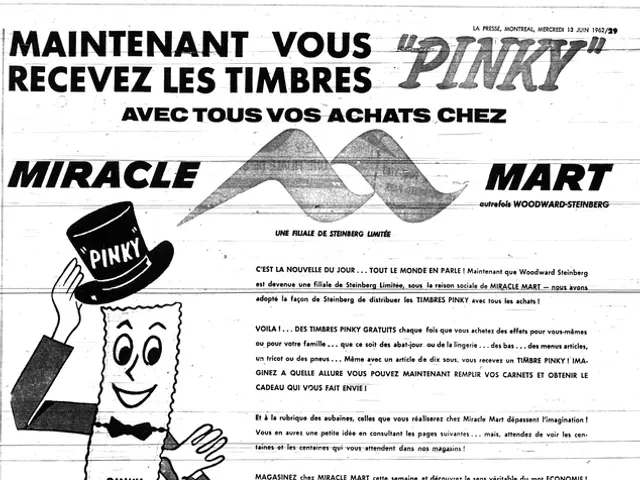Diving into the Past: Nuclear Waste Dumps in the North Atlantic
Initiated search for multitude of nuclear debris barrels in the Atlantic Ocean commences
Back in the day, oceans seemed like a bargain bin for nuclear waste. With the rise of nuclear power in Europe, countries needed a place to deposit their waste produced during industrial development. The deep, tranquil ocean depths, far from human activity, seemed like a perfect solution - especially when little was known about marine life. It wasn't until 1993 that the ocean disposal of nuclear waste was made illegal.
Patrick Chardon, the spearhead of the NODSSUM (Nuclear Ocean Dump Site Survey Monitoring) project, estimates that the radioactivity of most dumped waste in the North Atlantic should have faded significantly after around 300 to 400 years. However, about two percent still carries a longer radiation period. Chardon suspects that radioactive materials may have escaped from the containers over time.
Over the next month, 21 scientists set sail to locate the estimated 200,000 drums believed to be at depths ranging from 3,000 to 5,000 meters within an area more than 1,000 kilometers west of La Rochelle in the Western European Basin of the Atlantic.
Their mission is twofold: to gauge the impact of ocean waste disposal and to study the current state of the ecosystem. The research team intends to map nuclear drum locations, collect numerous water, sediment, and animal samples, and investigate a reference area for comparison.
With the help of an autonomous diving robot named Ulyx, they seek to locate the drums and assess their condition. Ulyx can dive up to 6,000 meters deep, equipped with cameras for 3D images, a sonar system for object detection, and physical and chemical sensors. The team aims to find the drums, determine their intactness, and record their positions using Ulyx's images.
Although the exact location of the drums remains uncertain, the researchers hope to explore about 200 square kilometers in various zones during their four-week mission. Based on Ulyx's images, they will decide where to take targeted water or animal samples.
Yet the consequences of the waste storage remain uncertain. Marine geologist Javier Escartin stated, "We don't even know the basic ecosystem in the area very well." By exploring the area, the team aims to gain insight beyond the nuclear aspect towards a better understanding of the system as a whole.
Afterwards, the collected samples will be sent to various European labs. The researchers hope to embark on a second voyage next year to gather more targeted samples.
With the potential disturbance of the seafloor ecosystem, the risk of radioactive leaks, the impact on deep-sea ecosystems, the possibility of human exposure, and legal and ethical considerations, the quest to locate and investigate these drums raises many questions about the long-term consequences and future management strategies for nuclear waste.
- The study of the North Atlantic's nuclear waste dumps is now delving into not just health-and-wellness perspectives related to the potential radioactive leaks, but also the effects on the environment, as exemplified in environmental-science and climate-change research.
- Patrick Chardon, the project leader of NODSSUM, has pointed out that though most dumped waste has lost its radioactivity, a small percentage still retains a longer radiation period, which is a concern in the field of medical-conditions and health-and-wellness.
- The multidisciplinary research team consisting of 21 scientists is employing the use of Ulyx, an advanced autonomous diving robot, for their mission in the realm of science, seeking to further our understanding of deep-sea ecosystems and the impact of nuclear waste on them.







